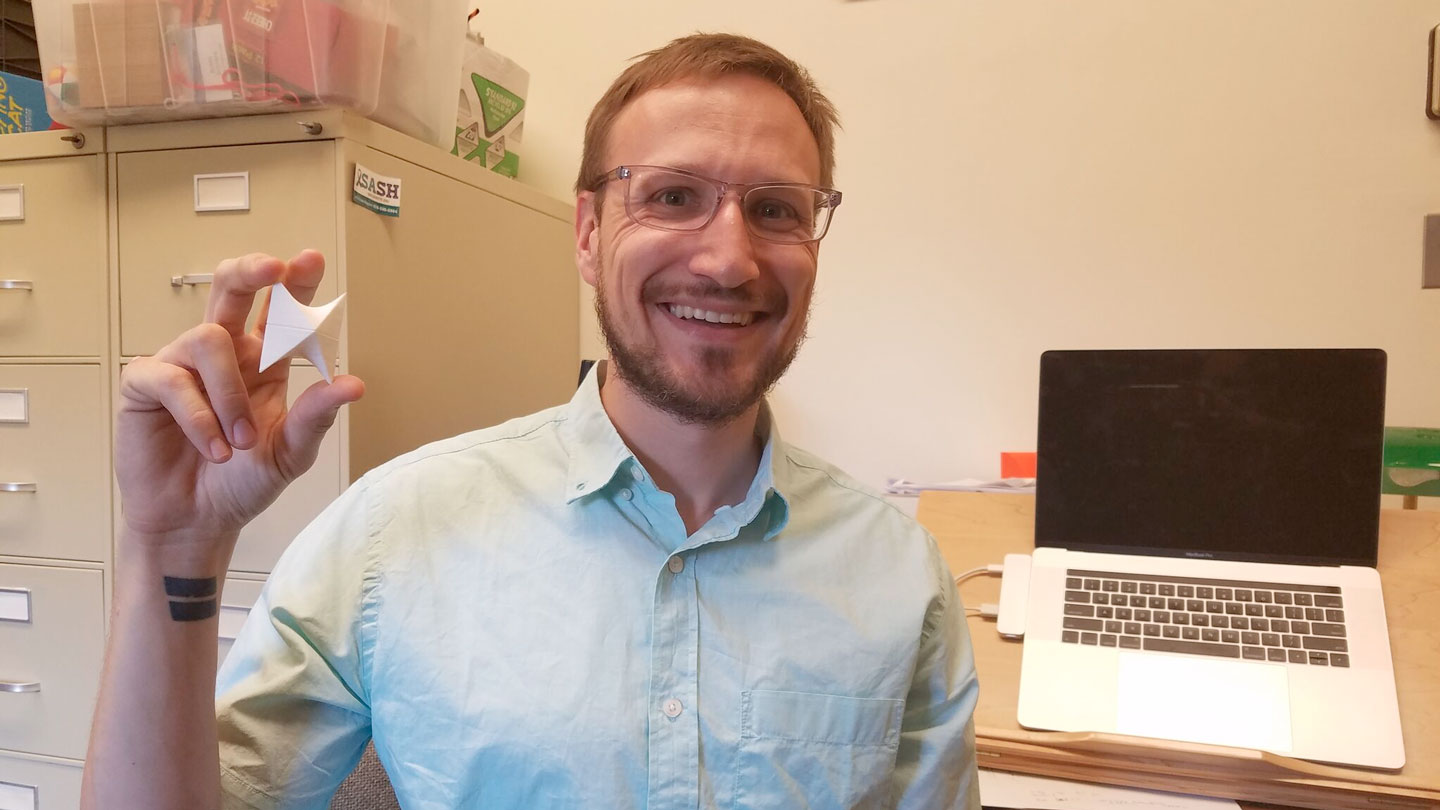Notice of Online Archive
This page is no longer being updated and remains online for informational and historical purposes only. The information is accurate as of the last page update.
For questions about page contents, contact the Communications Division.

assistant professor of mathematics
Ph.D., mathematics, University of Texas-Austin
What I’m focused on:
“My research is on number theory, which is the study of whole numbers. I study equations where the solutions have to be whole numbers. One thing that I have recently gotten interested in is an area called arithmetic statistics. It’s basically counting certain objects that people might care about in number theory and modeling the statistics of those.”
What compelled me:
“I liked math from very early on. When I got to college, I was not declared a math major as a freshman. You really don’t get what being a math major is about—or what it can be beyond school as a career — from high school math classes. As a freshman, I really got a better sense of it. It’s a subject where you’re like, ‘Wow, I had no idea that this is what math was going to be like.’ Advanced courses get into more abstract math, which is something I really liked. I always imagined myself as a teacher. I always enjoyed being a student and being in the classroom, and I just always thought I would enjoy being in that type of environment.”
What I hope for:
“I want my students to learn how to succeed and grow and get better at math, and I want to foster that. I don’t try to present myself as a strong authority figure in the classroom. I don’t want my students to feel that it was me making a difference in their learning, but that they made a difference in their learning—and that I was just there to facilitate that. I want them to be there showing up and taking ownership over their learning and realizing it’s their job to make this a productive hour and experience for them.”

What I’m holding:
“This is a shape that was printed on a 3D printer here. It corresponds to polynomials having a certain property, which was the focus of a research project I was doing in 2016. My research partner and I wanted to count the shape’s lattice points, which is roughly related to calculating its volume or area. This was the three-dimensional example of the shape we were interested in. We needed to understand the geometric properties of this shape very well. I was using this shape to give me intuition, so I spent a lot of time staring at pictures of this shape while I was working on this project, which was every day for about seven months. I always thought it would be really cool to have a 3D form of it, so when I got here and I realized Derek Smith had a 3D printer in his office and he could program it to print this shape, I was really excited.”
Categorized in: New Faculty

